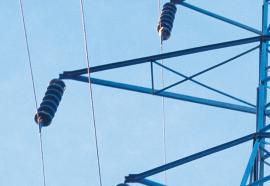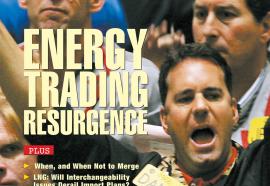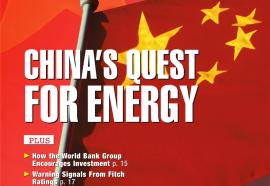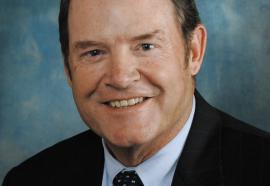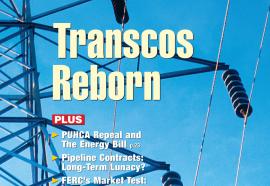Barriers to Transmission Superhighways
History teaches us that the most successful American businesses emerge from the crucible of competition.
Important challenges still confront the development of a coherent strategy to create an efficient modern transmission system. Assuming FERC and Congress are earnest about creating a 21st century grid, new ideas, projects, and technologies need to emerge.



